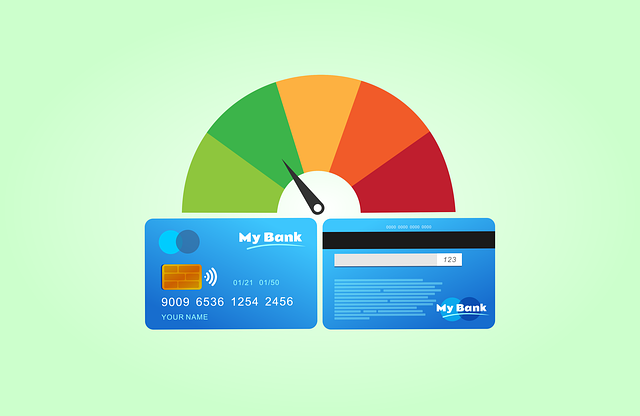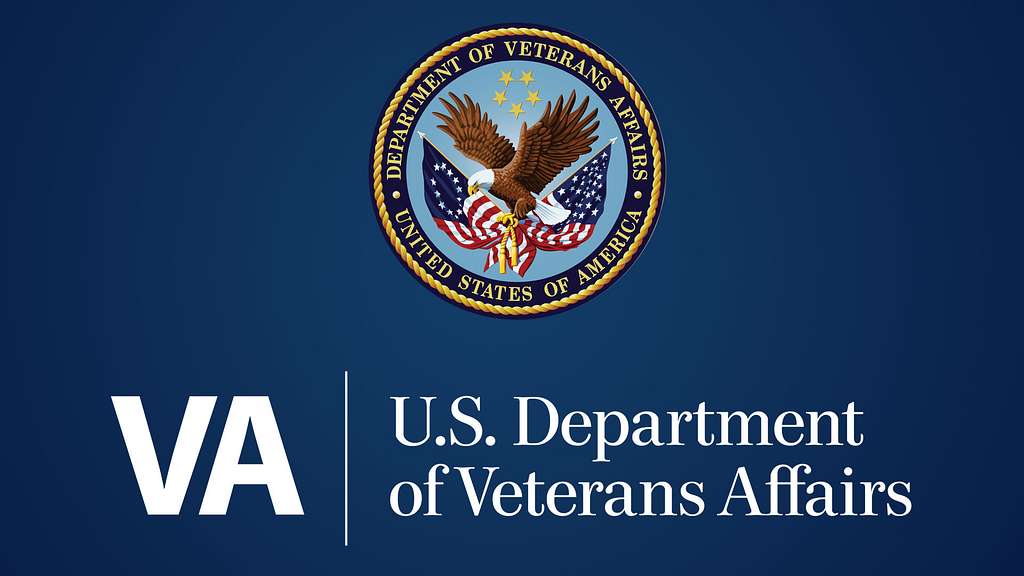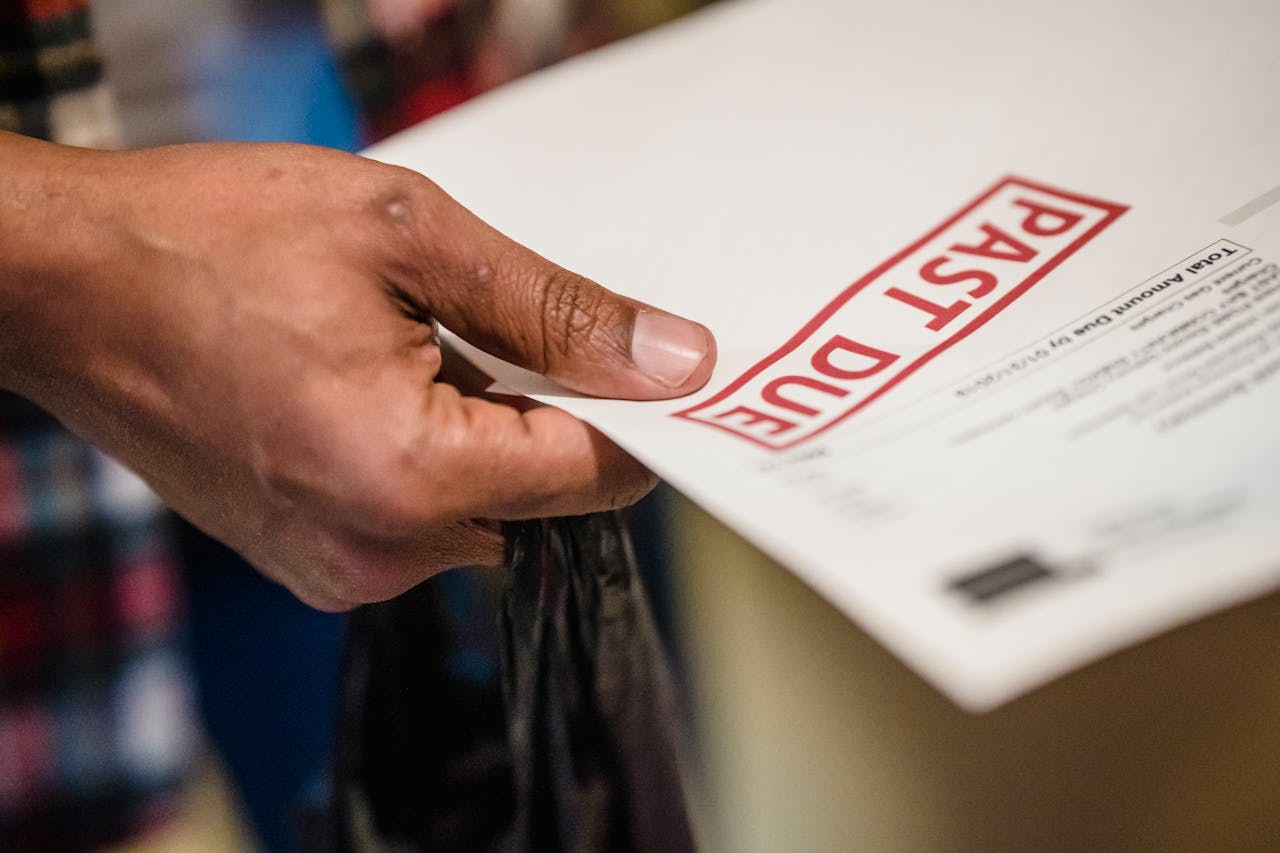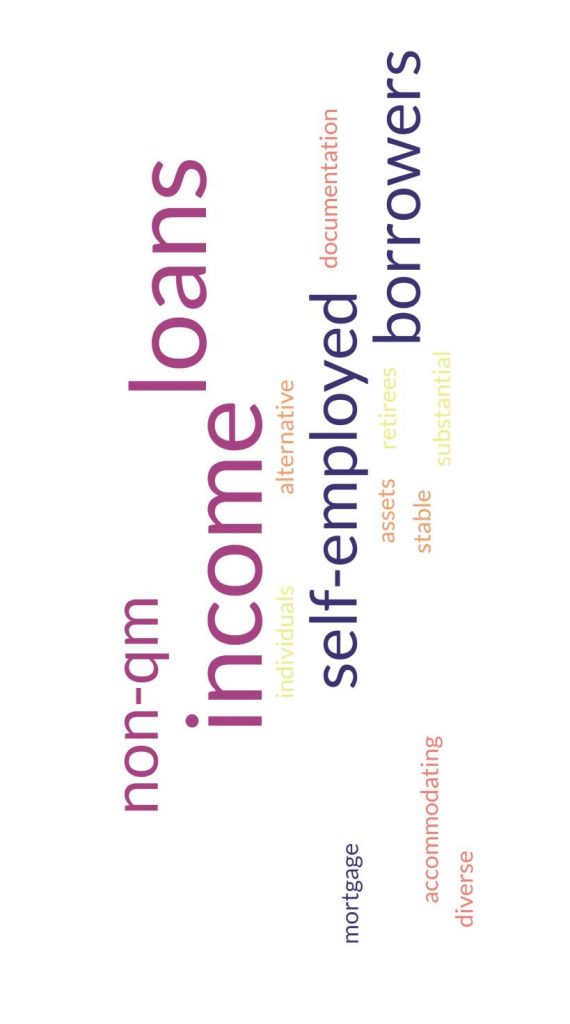
No More Medical Debt on Credit Reports? CFPB Takes Action to Protect Consumers


The Consumer Financial Protection Bureau (CFPB) is proposing a significant rule change that could impact millions of Americans: removing medical debt from credit reports. This move aims to improve credit scores, increase loan approvals, and prevent debt collectors from unfairly pressuring people into paying inaccurate medical bills.
The Fair and Accurate Credit Transactions Act (FACTA) originally restricted lenders from using medical information for credit decisions. However, a loophole allowed medical debts to stay on credit reports, even though they often:
Are inaccurate: Medical billing is complex, and mistakes happen.
Don’t predict future creditworthiness: Studies show medical bills aren’t a good indicator of someone’s ability to repay other loans.
Hurt credit scores: Medical debt on credit reports can significantly lower credit scores, making it harder to qualify for loans or get good interest rates.
The proposed rule has several key parts:
Eliminating the Medical Debt Exception: Lenders would no longer be allowed to consider medical debt when making loan decisions (with some exceptions).
Protecting Consumers from Debt Collectors: The rule aims to stop debt collectors from using credit reports to pressure people into paying inaccurate medical bills. This includes the practice of “debt parking,” where collectors buy and report medical debt without the consumer’s knowledge.
Banning Repossession of Medical Devices: People wouldn’t have to worry about losing essential medical equipment like wheelchairs if they can’t repay a loan.
The CFPB estimates that if finalized, the rule could:

The CFPB’s proposal is currently open for public comment. This means you can have your voice heard and weigh in on the proposed rule.
This change has the potential to significantly impact how medical debt affects people’s financial lives. Stay tuned for further developments as the CFPB finalizes the rule.
Attention Brokers and Lenders: It is your responsibility to properly train your entire staff, not just your MLOs. My Mortgage Trainer has the compliance training you need including GLB Safeguard Rule Plan Development and Cybersecurity Penetration Testing!

This post will analyze the recent announcement by the Department of Veterans Affairs (VA) regarding a new circular that will allow VA homebuyers to compensate their real estate agents (buyer agent compensation). We’ll explore the implications of this change, particularly how it will affect Mortgage Loan Originators (MLOs) who work with veterans seeking VA loans.
Previously, VA policy prohibited veterans from paying their real estate agents a commission or fee. This posed a challenge for veterans seeking to utilize their VA loan benefit under the recent settlement agreement by the National Association of Realtors (NAR). The agreement restricts blanket offers of cooperative compensation to buyer’s agents on the MLS and requires buyers to sign agreements outlining their agent’s compensation.
The VA’s upcoming circular, expected by June 12th, 2024, aims to bridge this gap. This change is welcome news for both veterans and MLOs.

MLOs who specialize in VA loans can expect several positive outcomes from this policy shift:
Increased Veteran Clientele: Now, veterans can confidently work with real estate agents, potentially leading to a rise in the number of veterans seeking VA loans.
Smoother Loan Process: With buyer agents receiving proper compensation, they’ll be more likely to actively represent veterans throughout the home buying journey, leading to a smoother loan origination process for MLOs.
Enhanced Client Satisfaction: Veterans can now leverage the expertise of real estate agents, ensuring they find the right property and navigate the complexities of the buying process. This can lead to higher client satisfaction for MLOs.
While the official circular hasn’t been released, MLOs can prepare for the change by:
Staying Informed: Keep an eye out for the official VA circular and any accompanying guidance.
Educating Clients: Inform veteran clients about the upcoming policy change and how it empowers them to work with real estate agents.

Building Relationships: Foster connections with local real estate agents who specialize in VA loans.
The VA’s decision to allow buyer agent compensation is a significant victory for veterans and the mortgage industry. MLOs who adapt to this change will be well-positioned to serve a broader veteran clientele and streamline their VA loan origination process.
Check back with us after June 12th for the follow-up and the details of the VA circular regarding buyer agent compensation changes!

In today’s competitive mortgage market, generating a steady stream of qualified leads is essential for success. While online marketing and advertising can be valuable tools, building a successful referral network remains one of the most effective ways for Mortgage Loan Originators (MLOs) to attract new clients.
This is a rather lengthy post packed information on cultivating a network that fuels your business growth so let’s dive in!

Naturally Real Estate Agents are the go to referral partners for loan originators. There many other valuable referral sources that are just as easy to foster partner relationships with. Here are a few to get you started on your way to creating a successful referral network.
Financial advisors often work with clients who are planning major life events like buying a home. Partnering with financial advisors can provide access to a pre-qualified pool of potential homebuyers who are already in the financial planning stages.
Homeowners insurance is often bundled with a mortgage. Partnering with insurance agents can create a natural referral exchange, where you can recommend them to new homeowners and they can recommend you to their clients who are purchasing a home.
Homeownership comes with tax advantages. Tax professionals may have clients who are considering buying a home and could benefit from a mortgage consultation.

Non-profit organizations that focus on housing assistance or community development could be potential referral partners, especially if you specialize in helping first-time homebuyers or underserved communities.
Title companies play a crucial role in the home buying process. Partnering with title companies can ensure a smooth closing experience for your clients and create opportunities for referrals.

Partnering with builders or contractors who specialize in new construction can open doors to potential borrowers who need financing for their newly built homes.
Similar to title companies, home inspectors are involved in the home buying process. A strong referral partnership with a reputable home inspector can benefit both parties by creating a seamless experience for clients.
Some companies offer employee homeownership assistance programs. Building relationships with HR departments or employee benefit program administrators could open doors to pre-qualified buyers within a specific company.
Relocation companies often help employees moving to a new area find housing. Partnering with a relocation company can be a way to connect with potential out-of-town homebuyers.

The key is to identify professionals who serve a clientele that aligns with your target market and mortgage lending specialties. By building strong partnerships with these individuals and organizations, MLOs can significantly expand their reach and generate valuable referrals

Building trust and rapport is crucial for a sustainable and successful referral network. Focus on getting to know your referral partners on a personal level, understand their business needs, and how you can add value to their clients.
Building relationships ensures the longevity of your referral network. Partners who feel valued and appreciated are more likely to continue referring clients your way. This lays the foundation for sustainable growth in your mortgage business.
A purely transactional approach might lead to a short-term influx of leads. However, without trust and a strong foundation, these relationships may not last. This can lead to inconsistent lead generation and hinder long-term growth.
By prioritizing relationships within your referral network, MLOs can create a collaborative ecosystem that fosters trust, generates a steady stream of qualified leads, and leads to long-term success in the competitive world of mortgage lending.

In the realm of building a rock-solid and successful referral network, exceptional service and expertise are the cornerstones of trust. Here’s how MLOs can go above and beyond to ensure their referral partners feel confident recommending them.
Position yourself as a trusted advisor by offering ongoing communication and valuable resources to your network. This could include:
Exceptional service extends far beyond the initial referral. Here’s how to ensure a smooth and positive experience for everyone involved:
Stay up-to-date on the latest industry regulations, loan programs, and underwriting guidelines. This allows you to confidently navigate complex scenarios and offer a wider range of solutions to your clients.

Building a successful referral network is all about creating a win-win situation. Here’s how MLOs can develop a partnership model that benefits both themselves and their referral partners.
Articulate the specific benefits of partnering with you. This could include:
A one-size-fits-all approach to referral rewards might not be effective. Instead, consider a tiered system that offers flexibility and caters to different partner preferences. Here are some options:
Be transparent about your referral program structure and how partners can participate. Ensure clear communication regarding eligibility criteria and any regulatory guidelines associated with referral business. This fosters trust and avoids any confusion.
Remember, the goal is to cultivate long-term partnerships, not just short-term transactions. By offering a variety of benefits and demonstrating a genuine commitment to your partners’ success, you create a win-win situation that encourages loyalty and a steady flow of referrals.

Technology and effective communication are powerful tools for streamlining the referral process and fostering strong relationships with your referral network. Here’s how MLOs can leverage these tools to their advantage.
Embrace technology to simplify and expedite the referral process for both you and your partners. Here are some ways to achieve this:
Effective communication is key to building trust and strengthening referral partnerships. Here are some strategies to keep your network engaged:
It’s important to remember that communication is a two-way street. Be an active listener and encourage feedback from your partners. This allows you to address any concerns, tailor your communication approach, and continuously improve your referral program.
By leveraging technology and fostering open communication, MLOs can streamline the referral process, build stronger relationships with their network, and ultimately generate a steady flow of qualified leads.Upda

Building a strong referral network is just the first step. The key to long-term success lies in nurturing these relationships and demonstrating your appreciation for your referral partners. Go beyond transactions and cultivate lasting partnerships with these concepts.
Don’t wait for referrals to reach out. Schedule regular check-ins with your partners to see how things are going, address any questions or concerns they might have, and offer support whenever possible. This could involve:
Take the time to acknowledge and celebrate your partners’ successes. A simple handwritten note congratulating them on a closed deal or a social media shout-out recognizing their achievements can go a long way. This demonstrates your appreciation for their partnership and strengthens the bond.

Beyond occasional gestures, express your sincere gratitude for your referral partners’ continued business. Here are some ways to show you care:
By nurturing relationships, offering support, and expressing genuine appreciation, MLOs can build loyalty and trust with their referral network. This not only secures a steady stream of qualified leads but also fosters a collaborative ecosystem that benefits everyone involved. Remember, your referral partners are an extension of your brand. By treating them with respect and appreciation, you cultivate a network of advocates who are genuinely invested in your success.

Building a successful referral network isn’t a one-time effort; it’s an ongoing investment in relationships. While it requires consistent time and dedication, the rewards are substantial and contribute to long-term success in the mortgage lending industry.
Sustainable Lead Generation: A well-nurtured referral network becomes a reliable source of high-quality leads. Your partners understand your loan programs, target audience, and service philosophy. Consequently, they’ll refer clients who are a good fit for your business, increasing your chances of successful loan closings.
Reduced Marketing Costs: Building strong referral partnerships allows you to reduce dependence on expensive marketing campaigns. Positive word-of-mouth recommendations from trusted partners are often more effective and cost-efficient than traditional advertising methods.
Enhanced Brand Reputation: When your referral partners consistently recommend you, it signifies your expertise and commitment to exceptional customer service. This translates to a positive brand reputation that attracts new clients organically and positions you as a trusted lender in the market.
Increased Client Retention: Referral partners often have established relationships with their clients. These clients are more likely to be receptive to their recommendations and may have a higher initial level of trust in your services. This can lead to increased client retention and contribute to your overall business growth.
Stronger Industry Network: Cultivating partnerships with key players in the real estate industry creates a valuable professional network. This opens doors for collaboration, knowledge sharing, and potential cross-referral opportunities, ultimately bolstering your long-term success.
The time and effort invested in building a successful referral network are an investment in your future. By prioritizing relationships, exceeding expectations, and demonstrating genuine appreciation, MLOs can establish mutually beneficial partnerships that generate high-quality leads, enhance brand reputation, and contribute to a thriving mortgage business built on trust and collaboration. So, don’t underestimate the power of a strong referral network. Start nurturing these relationships today and watch your business flourish in the long run.

On March 5, 2024, the Consumer Financial Protection Bureau (CFPB) finalized a rule significantly reducing late fees charged by large credit card issuers. This move, which caps the typical late fee from $32 to $8, is estimated to save American families over $10 billion annually. How does this CFPB credit card fee rule impact other financial service providers?
While the rule directly impacts credit card companies, it could signal a broader shift in the CFPB’s focus towards stricter consumer protection measures across the financial services industry, including mortgages.
Heightened Scrutiny: The CFPB’s recent action demonstrates its willingness to take on powerful financial institutions. This could lead to increased scrutiny of mortgage lending practices, with a focus on areas like loan origination fees, prepayment penalties, and potential fair lending violations.
Focus on Transparency and Fairness: The CFPB has consistently emphasized the importance of transparency and fairness in consumer financial products. MLOs should ensure they are adhering to best practices in borrower communication, fee disclosures, and loan suitability assessments.
Potential for Rule Changes: The CFPB is currently considering rule changes in other areas, including Wall Street compensation structures. While not directly related to mortgages, this highlights the agency’s willingness to implement new regulations to achieve its consumer protection goals.
MLOs can stay ahead of the curve by proactively adopting a consumer-centric approach. Here are some key steps:
Stay Informed: Regularly monitor CFPB announcements and updates to stay abreast of potential rule changes and regulatory priorities.
Review Practices: Conduct a self-assessment of your current lending practices to ensure compliance with existing regulations and a focus on fair lending principles.

Embrace Transparency: Clearly communicate loan terms, fees, and potential risks to borrowers throughout the mortgage process.
The CFPB credit card fee rule might be just the beginning. By prioritizing consumer protection and proactively adopting transparent lending practices, MLOs can navigate this evolving regulatory landscape and build trust with borrowers.

The mortgage industry has a long history of serving a limited demographic. However, the landscape is changing. The growing diversity of the American population demands a more inclusive approach to homeownership. This is where Diversity, Equity, and Inclusion (DE&I) come in and why DE&I matters in the mortgage industry.
In 2024, DE&I is no longer a buzzword, it’s a business imperative for Mortgage Loan Originators (MLOs). Here’s why:
Reaching a Broader Market: The demographics of homebuyers are shifting. Minority populations are a growing segment of the housing market. By embracing DE&I, MLOs can connect with these underserved communities and expand their client base.
Building Trust and Transparency: Historical lending practices such as redlining have created a distrust of the mortgage industry among certain communities. MLOs who are committed to fair lending and cultural competency can build trust and establish lasting relationships with borrowers from diverse backgrounds.

Staying Competitive: Forward-thinking lenders are prioritizing DE&I initiatives. MLOs who can demonstrate their commitment to a diverse and inclusive workplace will be more attractive to top talent and potential borrowers alike.
So, how can MLOs translate DE&I principles into actionable steps? Here are a few key strategies:

Education and Awareness: MLOs should stay up-to-date on fair lending regulations and cultural competency best practices. Attending workshops and participating in diversity training programs can be a great starting point.
Marketing and Outreach: Examine your marketing materials and outreach efforts. Do they accurately reflect the communities you serve? Consider diversifying your marketing channels and partnering with organizations that cater to underserved populations.
Building a Diverse Team: A diverse team brings a wider range of perspectives to the table. Actively recruit talent from different backgrounds and experiences to create a more inclusive work environment.
Implementing DE&I initiatives can be challenging. MLOs may need to overcome unconscious bias and address historical lending disparities. However, the potential rewards are significant. By fostering a more inclusive mortgage lending experience, MLOs can create a win-win situation for themselves, their communities, and the future of homeownership.
DE&I is not just the right thing to do, it’s a smart business strategy. By embracing diversity, equity, and inclusion, MLOs can unlock new opportunities and build a more sustainable and successful future in the ever-evolving mortgage industry.
If your organization needs assistance with compliance training for your entire staff, not just your MLOs, check out our MyComplianCE program. In addition to satisfying compliance training requirements we can help with developing written Policies and Procedures, AML testing, GLB Safeguard Rule plan development and your FTC required Information Security (cybersecurity) program.

In today’s digital age, leveraging social media and content marketing is essential for Mortgage Loan Originators (MLOs) looking to expand their reach and connect with potential clients. With platforms like YouTube, Facebook, and Instagram offering powerful tools for content distribution, MLOs have unprecedented opportunities to showcase their expertise and build meaningful relationships with prospects. In this comprehensive guide, we’ll explore effective strategies for using long-form video content on YouTube and YouTube Shorts, as well as leveraging platforms like Facebook and Instagram to amplify your online presence.

Before diving into specific strategies, let’s first understand why social media marketing is crucial for MLOs. In today’s competitive mortgage industry, establishing a strong online presence is essential for standing out from the crowd and attracting clients. Social media platforms offer a cost-effective way to reach a wide audience, engage with potential clients, and build credibility and trust in your expertise.
YouTube has emerged as one of the most popular platforms for content consumption, making it an ideal channel for MLOs to showcase their knowledge and expertise. Here are some tips for leveraging YouTube effectively:
Create Educational Content: Share valuable insights and tips related to mortgage lending, home buying, and financial literacy. Consider creating long-form video content addressing common questions and concerns that potential clients may have.

Utilize YouTube Shorts: With the rise of short-form video content, leverage YouTube Shorts to create quick, engaging videos that capture viewers’ attention. Use Shorts to provide quick tips, share success stories, or offer behind-the-scenes glimpses into your work as an MLO.
Optimize for SEO: Pay attention to keywords and metadata to optimize your videos for searchability. Use relevant keywords in your video titles, descriptions, and tags to increase visibility and attract organic traffic to your channel.
In addition to YouTube, platforms like Facebook and Instagram offer valuable opportunities for MLOs to reach and engage with potential clients. Here’s how to leverage these platforms effectively:
Share Your YouTube Content: Cross-promote your YouTube videos on Facebook and Instagram to reach a wider audience. Share snippets or teasers of your videos and include links to your YouTube channel to drive traffic and subscribers.


Utilize Facebook and Instagram Reels: Take advantage of short-form video formats like Facebook and Instagram Reels to create engaging, shareable content. Use Reels to showcase your personality, share industry insights, or highlight client success stories in a fun and creative way.
Engage with Your Audience: Actively engage with your audience by responding to comments, addressing questions, and fostering meaningful conversations. Building a strong online community can help establish trust and credibility, ultimately leading to more referrals and business opportunities.
While social media and content marketing offer tremendous opportunities for MLOs, managing these efforts can be time-consuming and overwhelming. That’s where services like My Mortgage Trainer and 4C Multimedia come in.
My Mortgage Trainer offers comprehensive training and support for MLOs, providing valuable resources and guidance on social media marketing, content creation, and channel management. Whether you’re new to social media or looking to enhance your existing strategies, My Mortgage Trainer can help you navigate the complexities of digital marketing and maximize your online presence.

Similarly, 4C Multimedia specializes in content creation, video editing, and YouTube SEO, allowing MLOs to focus on what they do best while leaving the creative and administrative tasks to the experts. From creating engaging video content to optimizing your YouTube channel for maximum visibility, 4C Multimedia offers tailored solutions to meet your marketing needs.

Leveraging social media and content marketing is essential for Mortgage Loan Originators looking to thrive in today’s digital landscape. By leveraging social media and content marketing platforms like YouTube, Facebook, and Instagram, MLOs can showcase their expertise, build relationships with clients, and ultimately grow their business.
Whether you choose to DIY your marketing efforts or enlist the help of services like My Mortgage Trainer and 4C Multimedia, the key is to stay consistent, authentic, and focused on providing value to your audience. With the right strategies and support, you can elevate your online presence and take your mortgage business to new heights.
Send us a message and we’ll setup a time to discuss your social media and content marketing strategy!

In the ever-evolving landscape of mortgage lending, traditional avenues have long held sway. However, as borrowers’ needs diversify and the financial industry adapts, a notable surge in the popularity of Non-QM Loans is underway. Let’s delve into the world of Non-QM Loans, exploring their benefits, challenges, and the regulatory landscape that surrounds them.
Non-QM Loans are breaking barriers by catering to borrowers who don’t neatly fit into traditional mortgage criteria. From self-employed individuals with fluctuating income to retirees with substantial assets but low reported income, these loans provide solutions where traditional mortgages fall short. Self-employed borrowers, for instance, often struggle to prove stable income through conventional means. Non-QM lending, however, consider alternative documentation, such as bank statements, effectively accommodating diverse borrower profiles.


Unlike conventional mortgages, which are bound by stringent regulations, non-QM loans offer flexibility in underwriting criteria. While traditional loans heavily rely on credit scores and debt-to-income ratios, Non-QM lenders take a holistic approach to evaluate borrowers’ financial situations. This flexibility enables borrowers with unique circumstances to access financing opportunities that would otherwise be unavailable to them.
One of the most enticing features of Non-QM options is their ability to tailor loan structures to meet specific borrower needs. Whether it’s interest-only payments, extended loan terms, or alternative documentation options, these loans offer customization that traditional mortgages often lack. This flexibility empowers borrowers to choose loan features that align with their financial goals and lifestyle preferences.
Non-QM loans present an attractive opportunity for lenders to diversify their mortgage portfolios, tapping into new market segments and mitigating risk. With the potential for higher yields compared to conventional mortgages, Non-QM loans offer a means for lenders to enhance returns in a competitive market environment. Efficient mortgage processing services play a crucial role in facilitating Non-QM lending by providing specialized support in underwriting, documentation, and compliance management.


While Non-QM options offer benefits in flexibility and portfolio diversification, they also pose unique risk management challenges for lenders. Assessing credit risk becomes more nuanced when traditional metrics may not fully capture a borrower’s ability to repay. To navigate these challenges effectively, lenders must implement robust underwriting standards and risk mitigation strategies.
The regulatory landscape surrounding Non-QM lending continues to evolve, shaping the industry’s trajectory. While regulations like the Dodd-Frank Act introduced stringent measures post-2008 financial crisis, subsequent amendments and regulatory guidance have provided clarity and flexibility for Non-QM lending. However, compliance remains a key concern for lenders and Non-QM mortgage brokers alike. Staying abreast of regulatory changes and ensuring adherence to compliance standards is paramount in navigating the regulatory landscape effectively.
Non-QM Loans offer a compelling alternative in today’s mortgage market, providing flexibility for borrowers and opportunities for lenders. However, navigating the complexities of Non-QM lending requires a thorough understanding of both its benefits and challenges, along with diligent adherence to regulatory requirements. As the industry continues to evolve, Non-QM Loans are poised to play an increasingly significant role in meeting the diverse needs of borrowers and lenders alike.
Check out the Intro to Non-QM Loans video above for more information be sure to browser our Video Library for other great videos as well.
NMLS Approved Provider #1400080